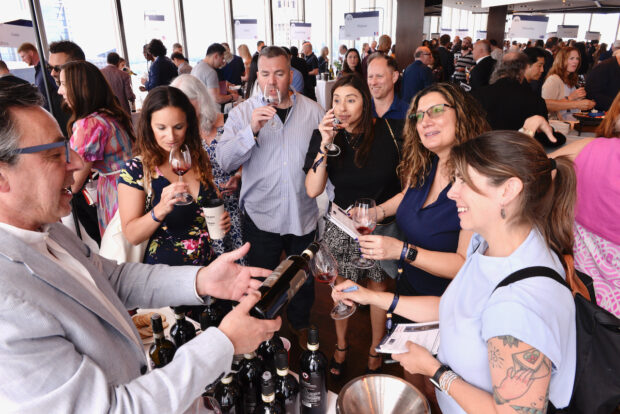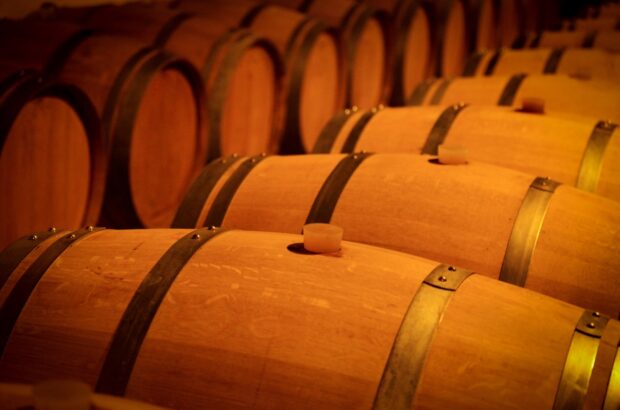Medoc & Graves: Keep
Tough growing season, and a very late harvest. Top estates made excellent wines, and overall better than 2011.
St Emilion & Pomerol: Keep
A difficult growing season, but Merlot generally fared better than the Cabernets. Fine wines from both Pomerol and St-Emilion.
Sauternes & Barsac: Drink soon
Some botrytis, but a lack of concentration and body. Tiny crop, and some top châteaux decided not to release any wine.
Weather Conditions
Again a difficult year in many ways, although more promising than 2011 in many ways by the time the last grapes were brought in.
Unlike 2011, the weather conditions got off to a terrible start in spring, so flowering was uneven and drawn out. April saw more than double the usual amount of precipitation with 178mm of rain, and the first flowers of June took place under cool and rainy skies. Mildew pressure was difficult.
The summer in contrast was good, with an extended period of drought in August and early September, and veraison (colour change of the berries) benefiting from heat and sunshine. August was hotter than both 2011 and 2010, with 12 days when the temperature hit more than 30°C. The rainfall was also very low in August, barely 20mm in total, and things stayed dry for most of September, allowing the grapes to get ripe in most cases. But the rain arrived again during the harvest from September 25, when autumn hit with a vengeance, bringing with it rain and cooler temperatures. All of this means that soil types were crucial in 2012 – draining when necessary and retaining water when things got too dry. Harvest was largely over for the whites by 18 September, so avoiding the weather change, but things got more complicated for the reds.
Best Appellations
A relatively good year for white wines. They were not as affected by the rain in September, as most had been brought safely in during sunny days and cold nights, with very little rot. This meant good news for a range of white wines, including the smaller appellations of Entre deux Mers and the Côtes de Bordeaux, along with some excellent Pessacs and Graves.
This was unfortunately not true for Sauternes, which saw the late September rains stubbornly refuse to go away for long enough to allow botrytis to develop. Several properties made no 2012 sweet wine at all, including Yquem and Raymond Lafon.
Things were better for the red wines, particularly on the Right Bank, where the merlot was able to ripen very well under the hot summer weather before the rains arrived. Cabernet sauvignon in many cases suffered the most, as the rains arrived too late to treat against rot, and many had to pick before full phenolic maturity was reached.
Once the harvest conditions turned more challenging, it was the chateaux with the means to carefully carry out the necessary vineyard practices that did the best. The best of these wines have lovely fruit structure, real definition and excellent balance. In many ways 2012 is proving far better than originally believed, but again the warning is for consistency.







